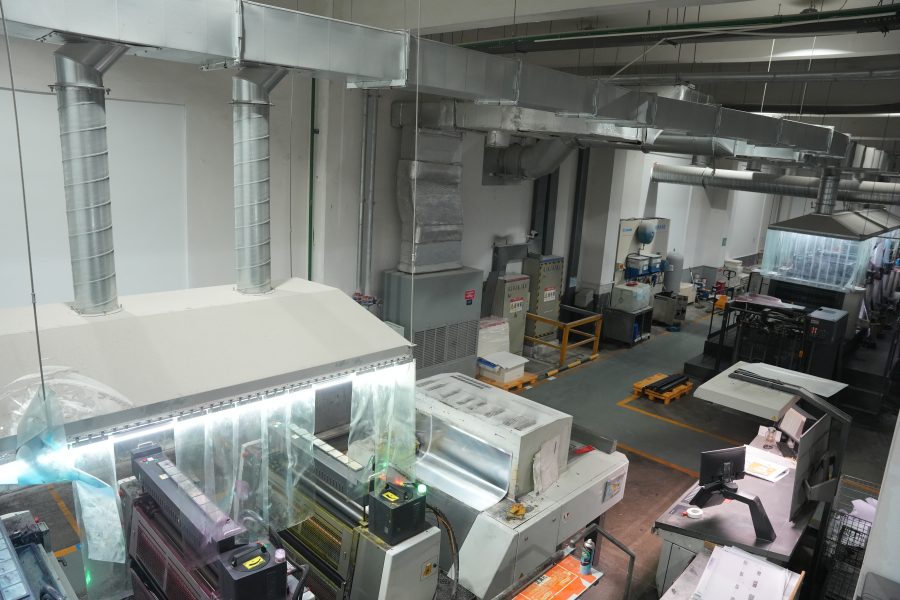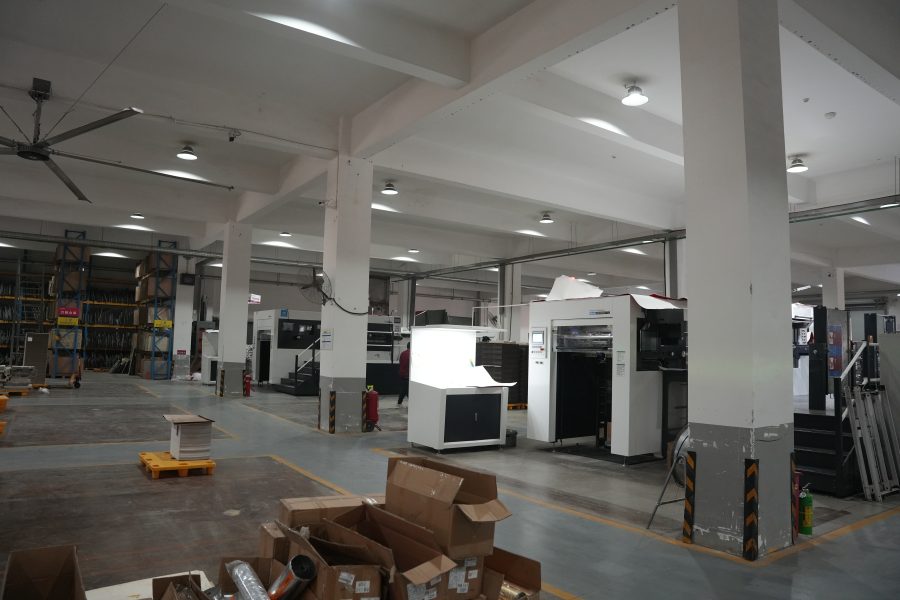10 Tips to Reduce Your Book Printing Costs Today!
Book printing can be a significant expense for authors, publishers, and businesses alike. Whether you’re self-publishing a novel, producing educational content, or creating marketing materials, managing your printing budget effectively can make a big difference in your overall profitability. Fortunately, there are many practical ways to reduce costs without compromising quality. Below are 10 in-depth tips to help you lower your book printing expenses starting today.
1. Choose the Right Trim Size
Selecting a standard trim size helps minimize waste and speeds up production. Printers are typically set up to handle popular sizes such as 5.5” x 8.5”, 6” x 9”, or A5. These sizes use paper efficiently and don’t require custom setup, which translates into lower costs. Additionally, sticking to a standard size can ensure your book fits shelving and packaging requirements more easily.
2. Print in Bulk—But Strategically
Larger print runs usually mean lower cost per unit, especially with offset printing. However, it’s important to evaluate whether you can sell or distribute the quantity you're printing. Use pre-orders, market research, or soft launches to gauge demand. Printing too many books too soon can lead to excess inventory, storage fees, and potential waste.
3. Stick to Black and White Interior (If Possible)
Color printing is significantly more expensive than black and white. Unless your book absolutely requires full-color images—like children’s books, cookbooks, or art catalogs—opt for grayscale. For books like novels, manuals, and self-help guides, black and white interiors are not only cost-effective but also reader-friendly.

4. Reduce Total Page Count
Every extra page increases printing costs. Go through your manuscript and remove repetitive content, unnecessary illustrations, and large spaces between paragraphs. Use formatting techniques like tighter line spacing or smaller margins—but stay within readability standards. This also reduces binding and shipping costs, especially for international distribution.
5. Select Cost-Effective Paper Types
Your paper choice has a major impact on price. Standard 50–60 lb. offset paper is typically sufficient for most book types. Avoid glossy paper unless required for visual content. Lightweight paper reduces the overall weight of the book, which also lowers shipping fees. If you’re printing with POD platforms, compare paper types and pricing across providers.
6. Use Print-on-Demand for Flexibility
Print-on-demand (POD) platforms like Amazon KDP, IngramSpark, Lulu, and others allow you to avoid bulk printing. While the per-unit cost is slightly higher, you avoid storage costs, reduce upfront investment, and eliminate the risk of unsold inventory. POD is especially useful for testing markets, printing updated editions, or catering to niche audiences.
7. Keep Your Cover Design Clean and Simple
Fancy covers with embossing, foil stamping, or custom die-cuts look attractive but cost extra. Instead, opt for a visually strong yet simple design with bold typography and high-resolution imagery. A full-color printed cover with matte or gloss lamination is both affordable and professional-looking. Work with a designer who understands budget-friendly print design principles.
8. Evaluate Binding Options Carefully
Different binding styles carry different costs. Perfect binding (commonly used for paperback books) is the most cost-efficient for most types of books. Hardcover (case-bound) is more durable but adds significantly to the cost. If your book is short (under 40 pages), consider saddle-stitch binding, which is ideal for manuals, brochures, or children’s books and is very budget-friendly.

9. Compare Printing Quotes from Multiple Providers
Don’t settle for the first printing quote you receive. Request detailed quotes from several printers—both local and online. Look into pricing differences for various formats, paper types, and print quantities. Some printers may offer discounts for educational, nonprofit, or first-time customers. Also ask about bundled services such as ISBN registration, barcode generation, and fulfillment options.
10. Review Proofs Carefully Before Final Print
One of the most avoidable costs is a reprint due to errors. Always request a printed proof or digital proof of your book before placing a large order. Check for typos, design misalignments, image resolution issues, and layout problems. Use proofreading tools or hire a professional editor if necessary—correcting mistakes early can save you hundreds (or thousands) of dollars later.
Bonus Tip: Optimize Your Book’s Format for E-Book Conversion
While this article focuses on print, remember that offering an e-book version can offset printing costs. Some readers prefer digital formats, and creating a well-formatted e-book involves minimal cost compared to printing. This hybrid strategy can maximize your reach while keeping overhead low.
Conclusion
Controlling book printing costs is all about making smart, informed decisions during the planning, design, and production stages. From choosing standard sizes and paper types to using POD services and simplifying cover designs, there are many ways to stay within budget. By applying these tips, you’ll ensure that your printed book is not only affordable but also high in quality—helping you build credibility, increase sales, and sustain profitability.






